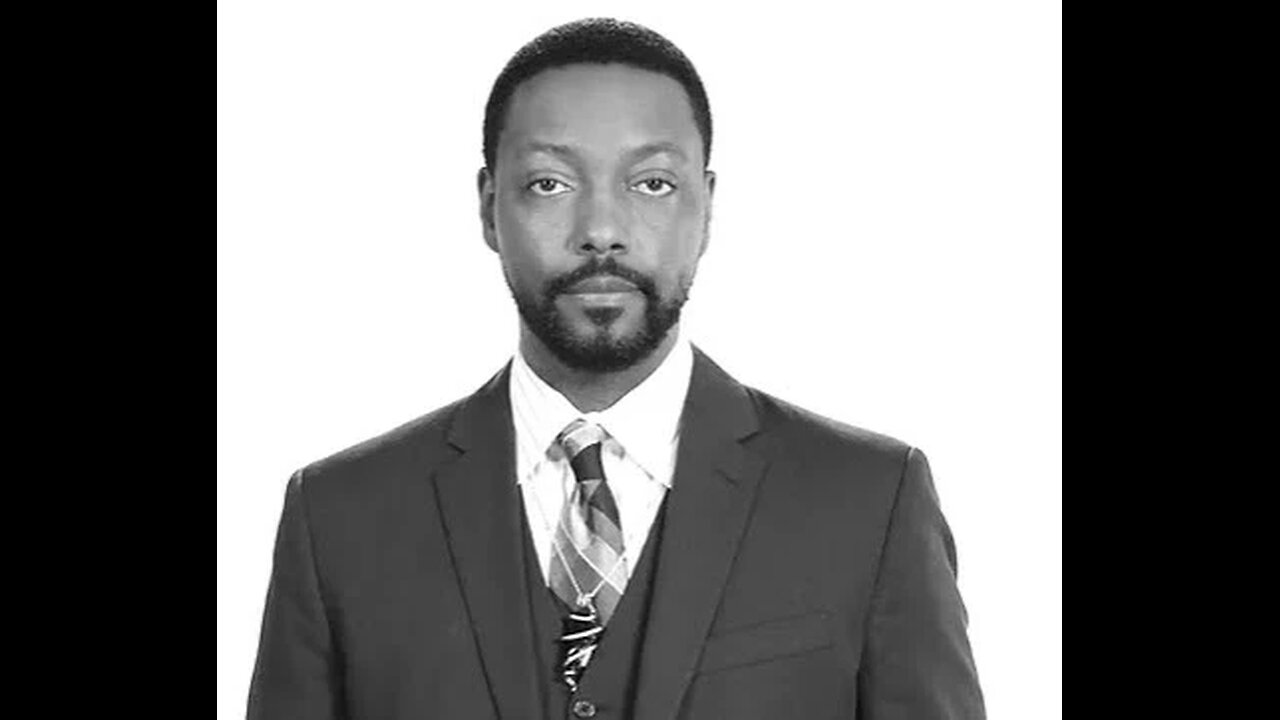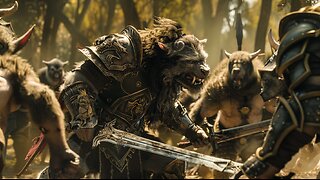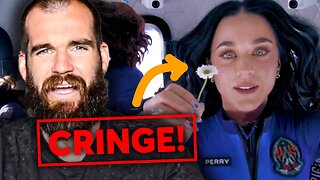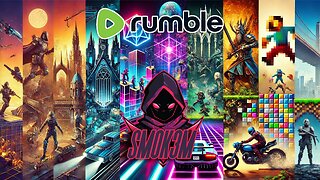Premium Only Content

Billy Carson and My Gift in the Spirit
Problems with Epic of Gilgamesh
Based on the provided search results, here are some problems or issues associated with the Epic of Gilgamesh:
Inconsistencies and Gaps: The oldest surviving tablets (Old Babylonian, c. 1800 BC) have gaps and inconsistencies, which were later filled in by later Akkadian versions. This has led to difficulties in reconstructing the original narrative.
Authorship and Purpose: The identity of the author(s) and the intended audience or purpose of the epic remain unknown, leaving scholars to speculate.
Historical Accuracy: The flood myth in the Epic of Gilgamesh has been criticized for its inconsistencies with other Mesopotamian flood accounts, such as the Atra-Hasis epic. Additionally, the historical accuracy of Gilgamesh’s reign and the city of Uruk’s existence during his time is debated.
Tone and Themes: The epic’s tone shifts from a heroic narrative to a more somber and philosophical exploration of mortality, raising questions about the author’s intentions and the work’s overall coherence.
Foreshadowing and Symbolism: Some scholars argue that the epic’s use of foreshadowing and symbolism, particularly in the character of Enkidu, is inconsistent or unclear, making it difficult to fully understand the narrative’s themes and messages.
Cultural and Religious Context: The Epic of Gilgamesh is deeply rooted in Mesopotamian mythology and culture, which can make it challenging for modern readers to fully appreciate its significance and relevance.
Translation and Interpretation: The epic has been translated and interpreted in various ways over the centuries, leading to different understandings of its meaning and significance.
Influence and Legacy: The Epic of Gilgamesh has had a significant impact on Western literature, influencing works such as Homer’s epics and the Bible. However, its own literary and cultural context may be lost on modern readers, diminishing its impact.
Feminist and Gender Criticisms: Some scholars have criticized the epic’s portrayal of women, particularly Shamhat and Gilgamesh’s mother, as being limited and stereotypical, reflecting the patriarchal society in which it was written.
Ethical and Moral Ambiguity: The epic’s portrayal of Gilgamesh’s character, particularly his lustful and tyrannical behavior, raises questions about the morality and ethics of the narrative, and whether it promotes a positive or negative view of human nature.
These problems and issues highlight the complexities and challenges associated with understanding and interpreting the Epic of Gilgamesh, one of the oldest surviving works of literature.
Contact: thewaypriest@outlook.com
Donation: Cash App $Melchq
-
 2:44:47
2:44:47
Father Russell
3 hours agoKing of Kings | A Solemn Day | We Can Be Better | Stream Restart
7.84K -
 2:15:10
2:15:10
TimcastIRL
13 hours agoTrump Admin Hints At CRIMINAL CHARGES For Fauci In BOMBSHELL Report w/Angry Cops | Timcast IRL
202K201 -
 1:17:27
1:17:27
Man in America
16 hours agoEvidence of Highly Advanced Ancient Civilizations Is Being Hidden — But WHY!? w/ Jay Anderson
132K40 -
 8:00:05
8:00:05
SpartakusLIVE
15 hours agoDuos w/ GloryJean || Friday Night HYPE w/ The MACHINE
66.1K1 -
 3:47:23
3:47:23
Nerdrotic
17 hours ago $36.95 earnedFantastic 4 HER! Daredevil BORE Again SUCKS! Disney Star Wars is DESPERATE | FNT Vegas 350
168K30 -
 5:21:14
5:21:14
MyronGainesX
1 day ago $29.54 earnedFormer Fed Explains FSU Shooter, RFK Files Released, And Charlie Kirk Debates Anti-Israel Vet!
132K44 -
 1:03:22
1:03:22
IsaacButterfield
15 hours ago $5.44 earnedKaty Perry in Space?! Trans Women Law Controversy & Lizzo's Weight Loss Shocks Fans!
64.8K20 -
 6:15:39
6:15:39
Sm0k3m
12 hours agogaming night
63.3K1 -
 3:48:35
3:48:35
I_Came_With_Fire_Podcast
20 hours agoHOUTHIS & CHINA | MURDERER MERCH STORE | TRUMP SICK OF WAITING
62.8K14 -
 1:09:15
1:09:15
Keepslidin
10 hours ago $1.49 earnedIRL GAMBLING & GIVING PEOPLE MONEY WHEN THEY WIN
36K5